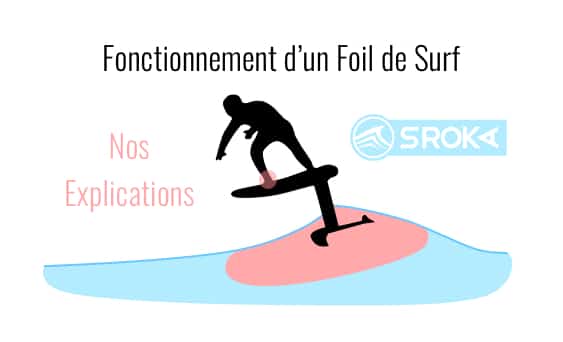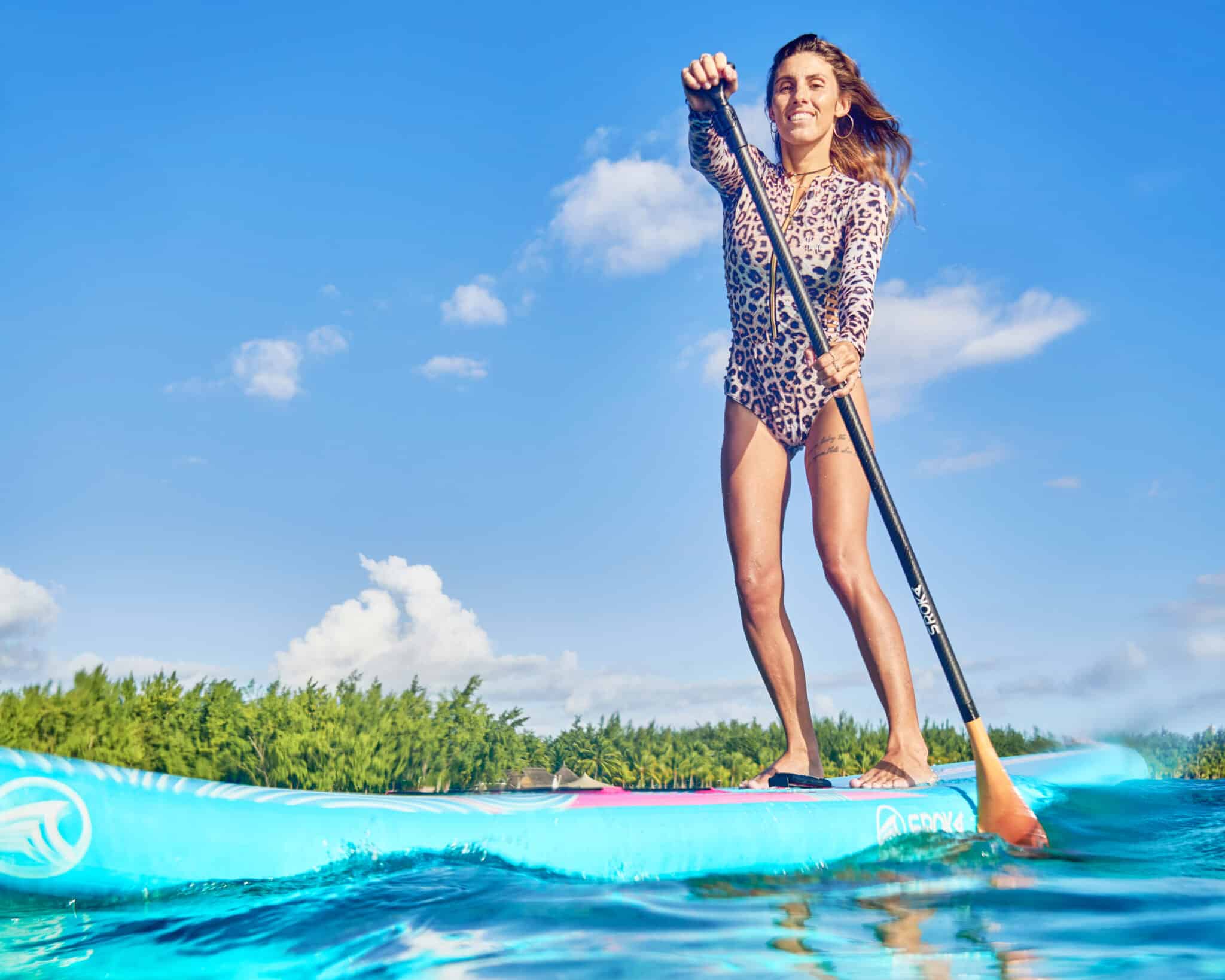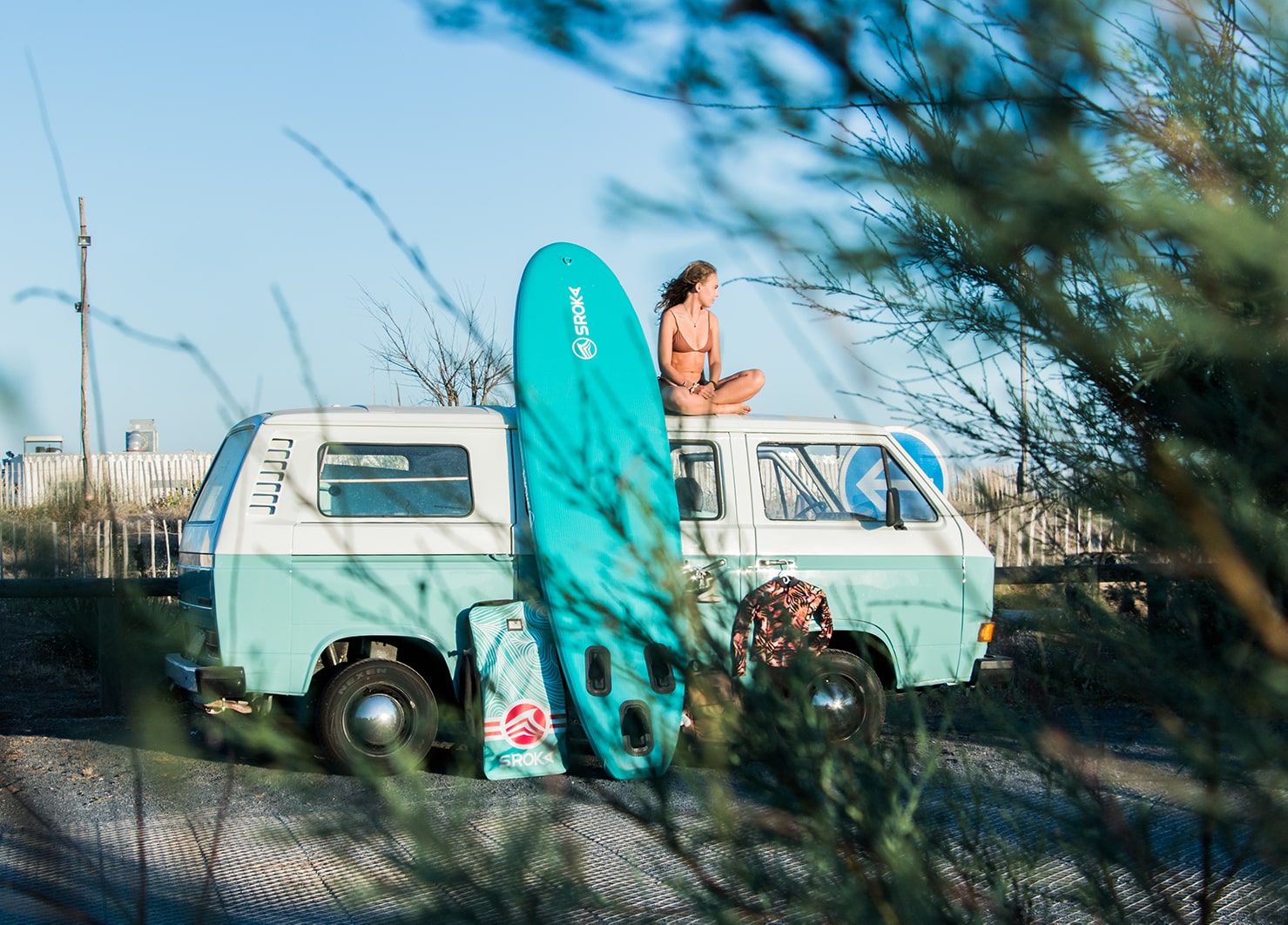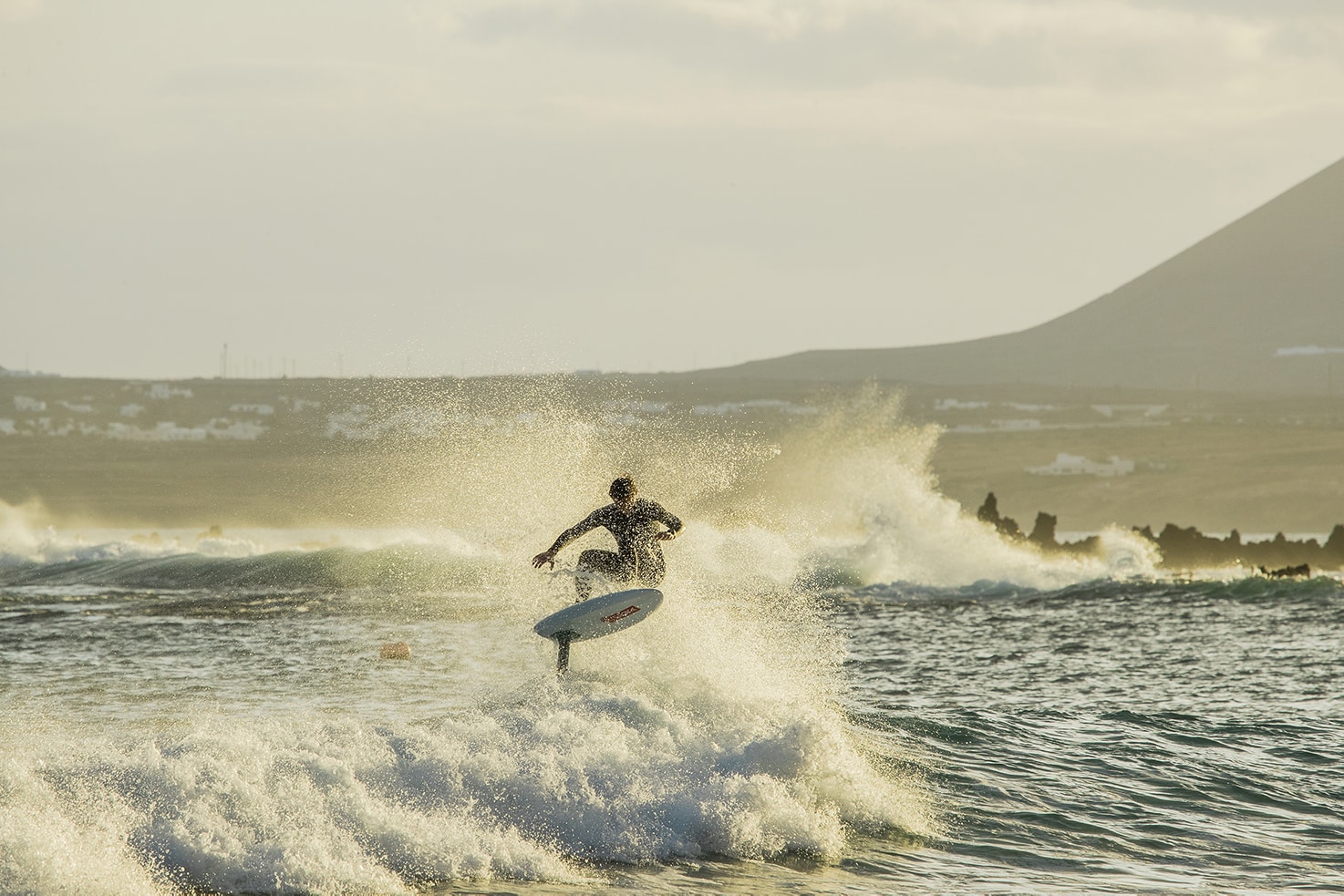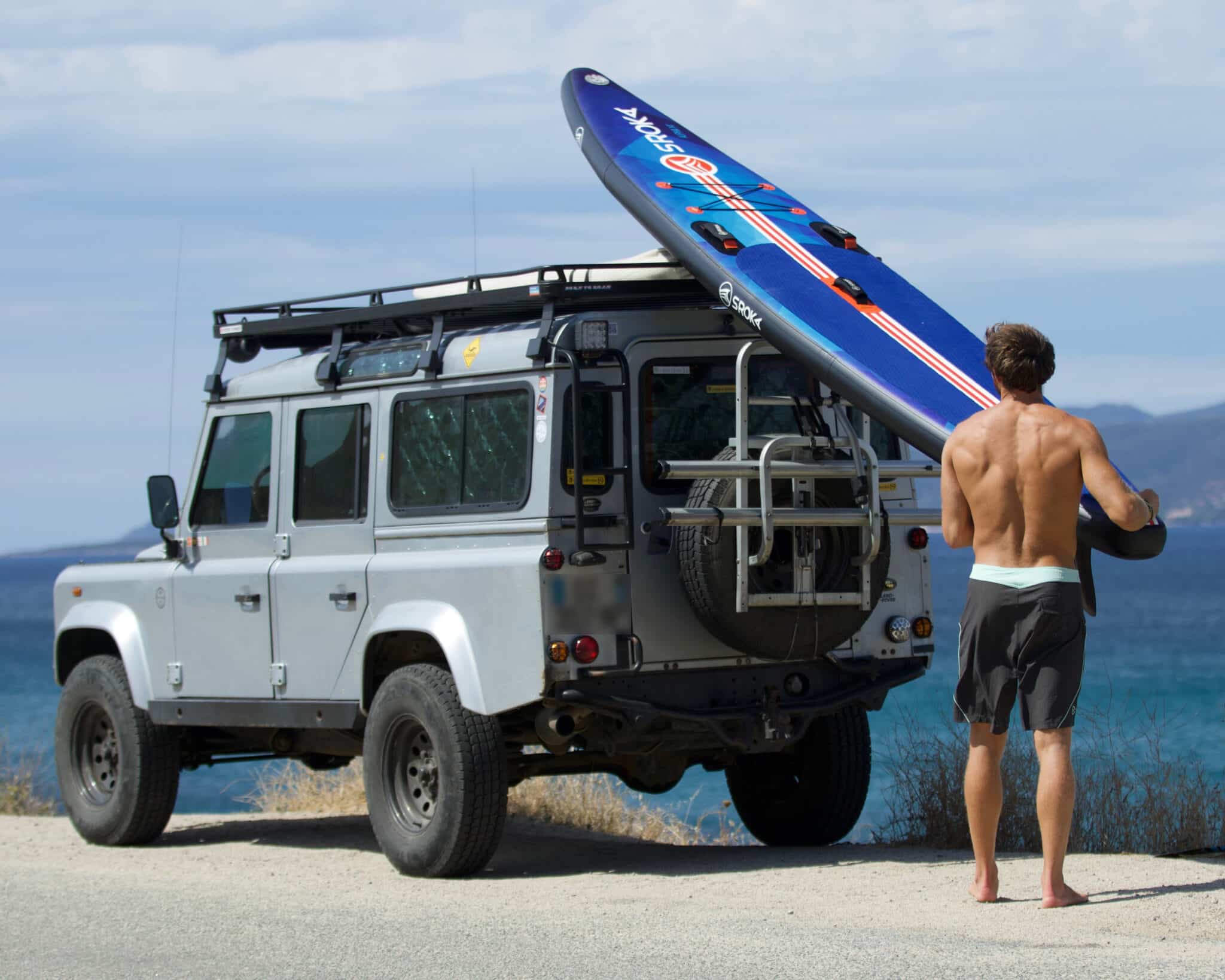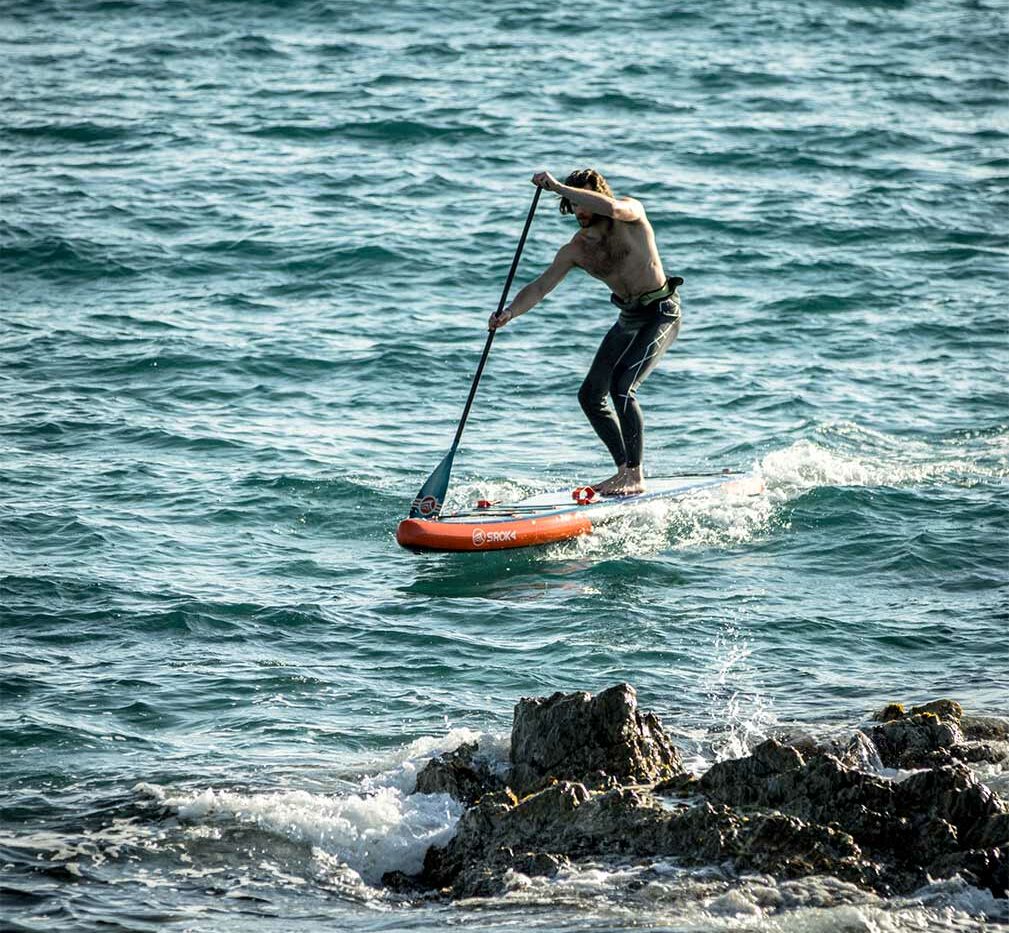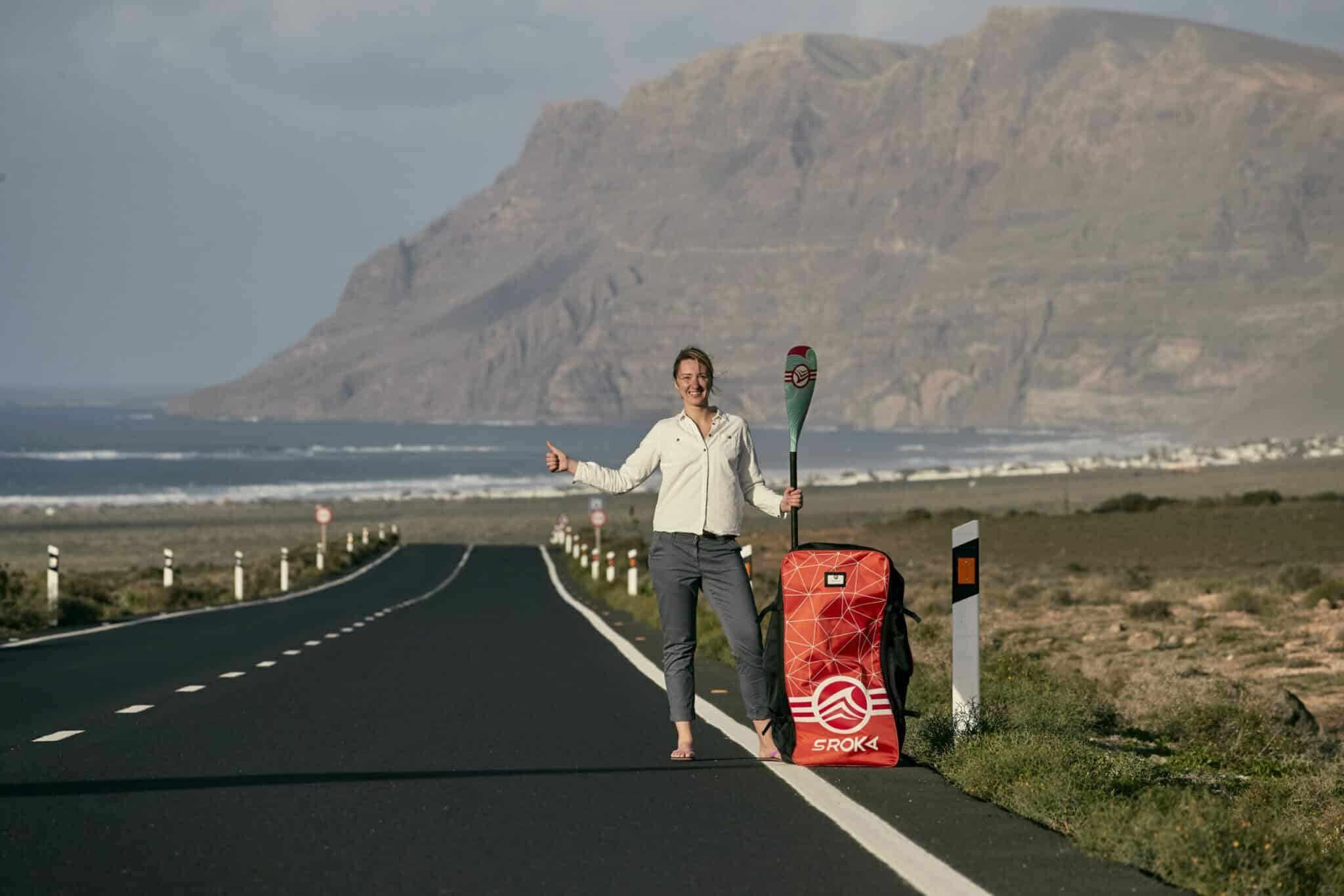 LE MAGAZINE
LE MAGAZINEThe spot and conditions for getting started Wing Foil

Pour bien débuter en Wing Foil, le matériel n’est pas le seul paramètre à prendre en compte. Il est aussi nécessaire de connaître le spot et les conditions pour débuter en Wing. La maitrise et la connaissance des conditions marines, de la météo ou du plan d’eau selon votre matériel assureront une progression optimale (et vous éviteront de nombreuses chutes !). Nous vous donnons tous nos conseils ici pour bien choisir le lieu et le moment de navigation. Sachez qu’avant de vous lancer, il est important de comprendre le fonctionnement d’un foil, ou encore de connaître les bases du WingFoil.
Cliquez sur les liens précédents pour avoir toutes les clefs en main avant votre session.

What are the ideal spots and conditions for getting started at Wing Foil ?
Le plan d’eau
Celui-ci doit être plat et abrité de la houle. Les spots les plus intéressants pour bien débuter en Wing sont les lacs, mais si vous habitez sur le littoral, un spot en fond de baie ou de rade peut être adéquat. De plus, un endroit fermé est plus sécurisant, notamment si vous vous éloignez trop du bord, il sera toujours possible rejoindre l’autre rive et rentrer par la terre. En mer, le vent peut rapidement tourner, s’accentuer ou tomber. Ne pas être trop éloigné de la côte lorsque l’on débute est primordial.
Dans les tous cas, ce plan d’eau doit être calme et dégagé. Attention aux algues qui pourraient s’accrocher dans le foil, tout comme aux objets flottants (bouées etc) présents. Privilégiez un endroit où il y a peu de pratiquants afin de mieux vous concentrer sur votre progression, et moins sur ce qu’il se passe autour de vous.
N’oubliez pas d’avoir suffisamment de fond sous votre planche (on a tendance parfois à oublier que l’on a un foil !). Nous recommandons une profondeur au minimum de 30 cm de plus que la taille de votre mât. Autrement dit, si vous avez un mât de 80 cm, le fond doit être au minimum de 1m10.
Restez tout de même dans une zone accessible (inférieur à 500 m), au cas où vous ne parveniez pas à rentrer debout sur votre planche. Enfin, faites attention aux effets de courant causés par les marées ou la houle.
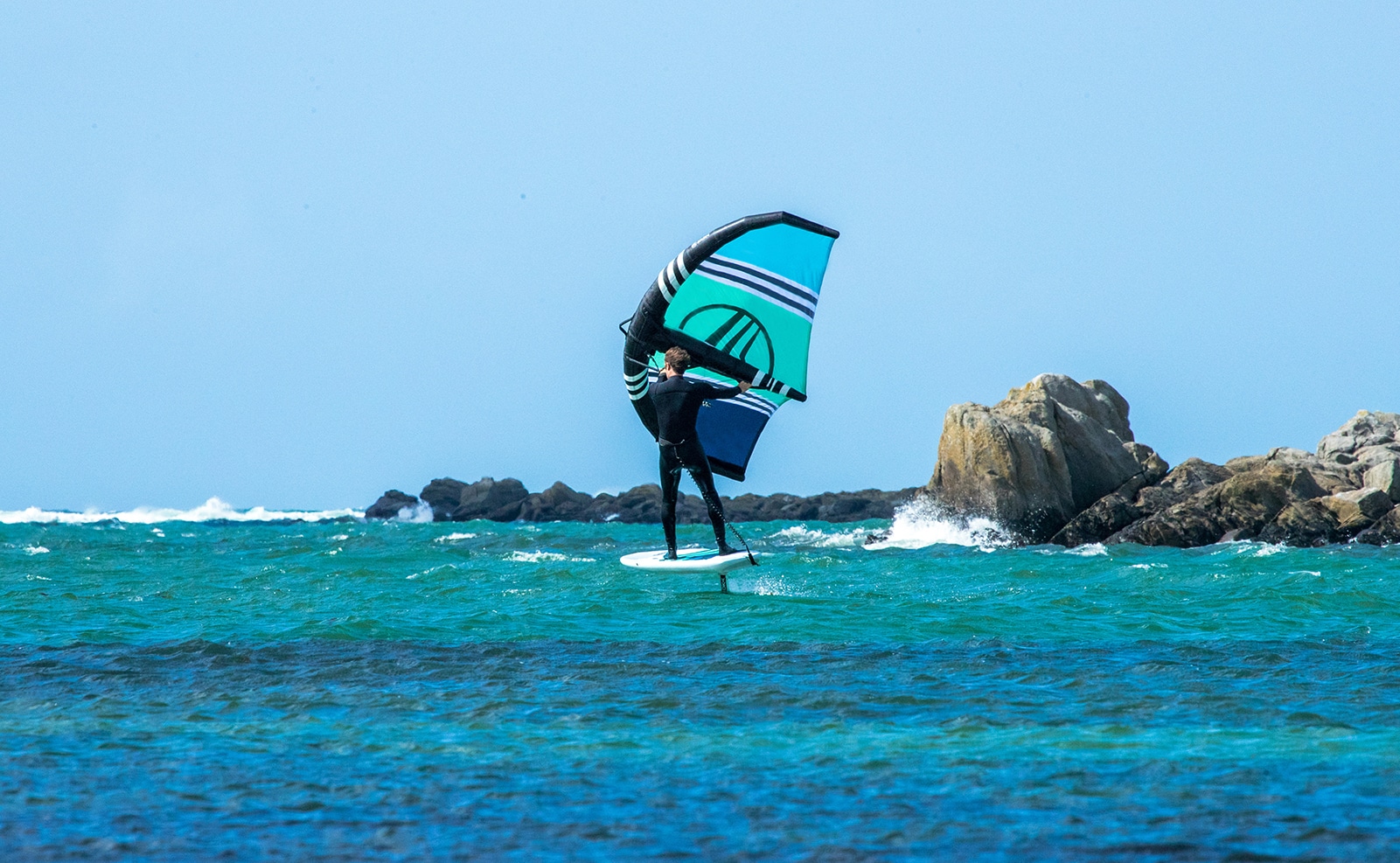
Les conditions de vent les plus adéquates pour débuter sont autour des 15 noeuds (pour permettre de prendre un peu de vitesse et faire décoller le foil). Le vent doit idéalement être régulier.
Evitez (voir même oubliez) une sortie par vent de terre, qui pourrait vous emporter au large. En effet, il sera difficile pour vous de remonter au vent dans un premier temps, et d’autant plus pour rentrer quand vous serez loin du bord.
Les vents de mer ne sont pas aussi les plus faciles : ils vous poussent vers le bord de la plage, et risquent de vous faire toucher rapidement le sable avec votre foil. De plus, le vent de mer pousse plus fortement l’eau et crée de la houle, ce qui peut davantage vous déséquilibrer.
LES CONDITIONS DE VENT
Il sera donc plus difficile pour vous de monter sur la planche (à cause des vagues) et vous serez très rapidement rabattu vers la plage (à cause du vent de mer). Ce qui en conséquence, réduira votre temps de pratique car vous vous trouverez rapidement proche du bord.
L’idéal est donc un vent de côté (sideshore). Si vous naviguez en mer, celle-ci doit être idéalement peu agitée avec peu de clapots.
Nous vous recommandons de ne pas vous aventurer sur des spots qui ont été étudiés et repérés au préalable. La météo marine étant changeante et aléatoire, il est essentiel de rester relativement proche de la côte pour pouvoir rentrer facilement et rapidement si le vent tourne, forcit ou tombe complètement.

LA SAISONNALITE
Selon votre localisation, évitez de débuter lors des périodes de fortes affluences (généralement l’été), où les spots sont surfréquentés. Eloignez-vous des zones de baignade et autres pratiquants de sports nautiques. L’un des avantages de ce sport c’est qu’il permet de s’éloigner rapidement au large en nageant sur sa planche. Vérifiez bien sous votre vent qu’il n’y ait personne quand vous naviguez. (pour cela, remontez la wing au-dessus de votre tête pour observer le plan d’eau).

Règles de sécurité
Le Wing Foil est un sport de glisse qui présente des risques, tout comme le Kitesurf, le Windsurf ou les autres disciplines avec foil. Par conséquent, voici quelques règles de sécurité à garder en tête :
- Equipez vous de protections : leash de planche et leash de wing (obligatoire), gilet de flottaison ou impact veste (obligatoire au-delà de la zone des 300m), casque (fortement conseillé).
- Evitez de partir seul lors de votre session, et ne partez pas à la tombée de la nuit en hiver.
- Prévenez toujours quelqu’un de votre sortie et de vos horaires.
- Faites preuve de patience et ne vous aventurez pas dans les grosses vagues tant que vous n’avez pas le niveau.
- Parfois, il vaut mieux renoncer, que d’accumuler les erreurs qui se transformeront en gros problème par la suite.
 Le Magazine
Le Magazine



